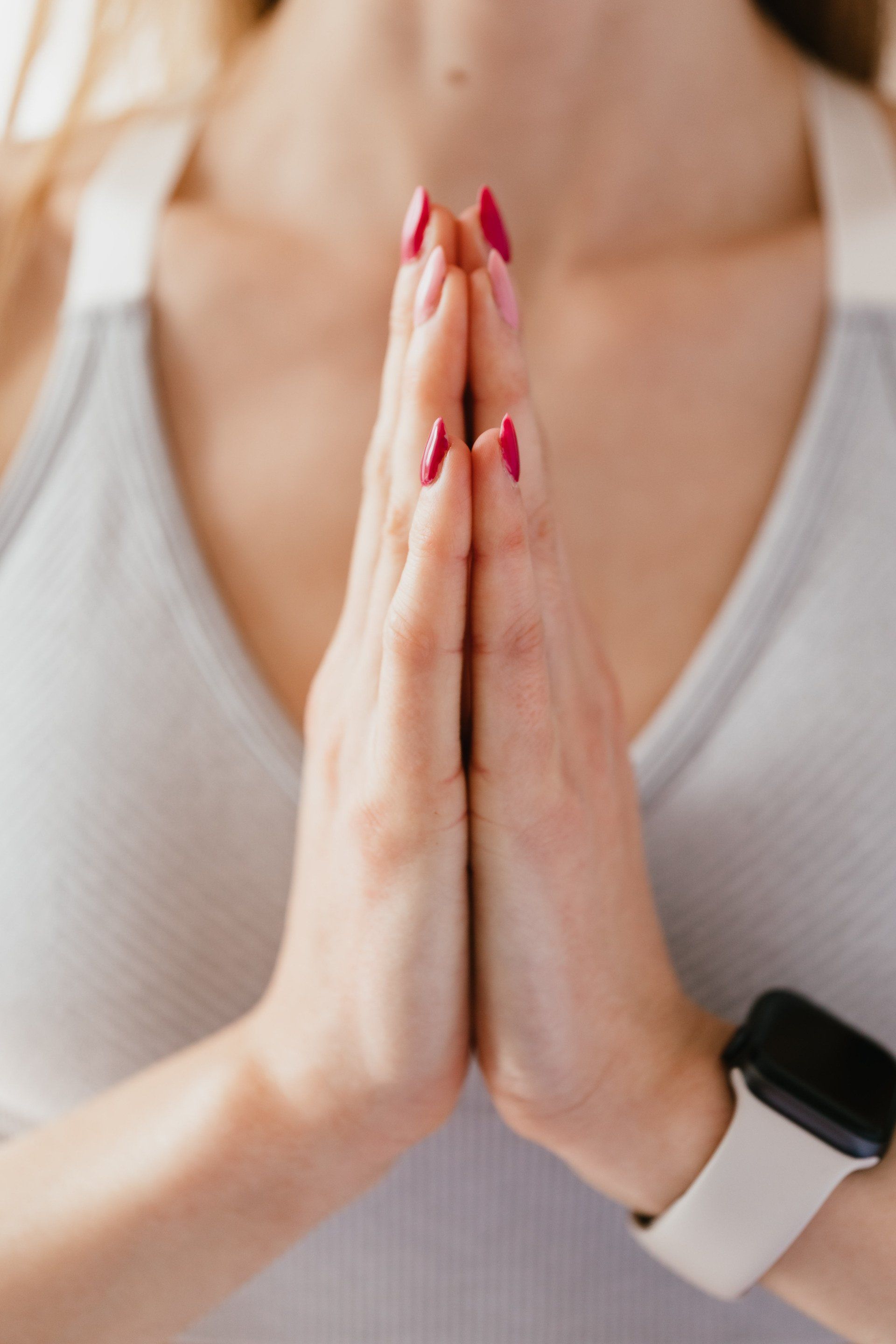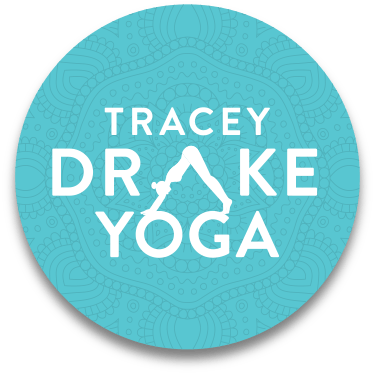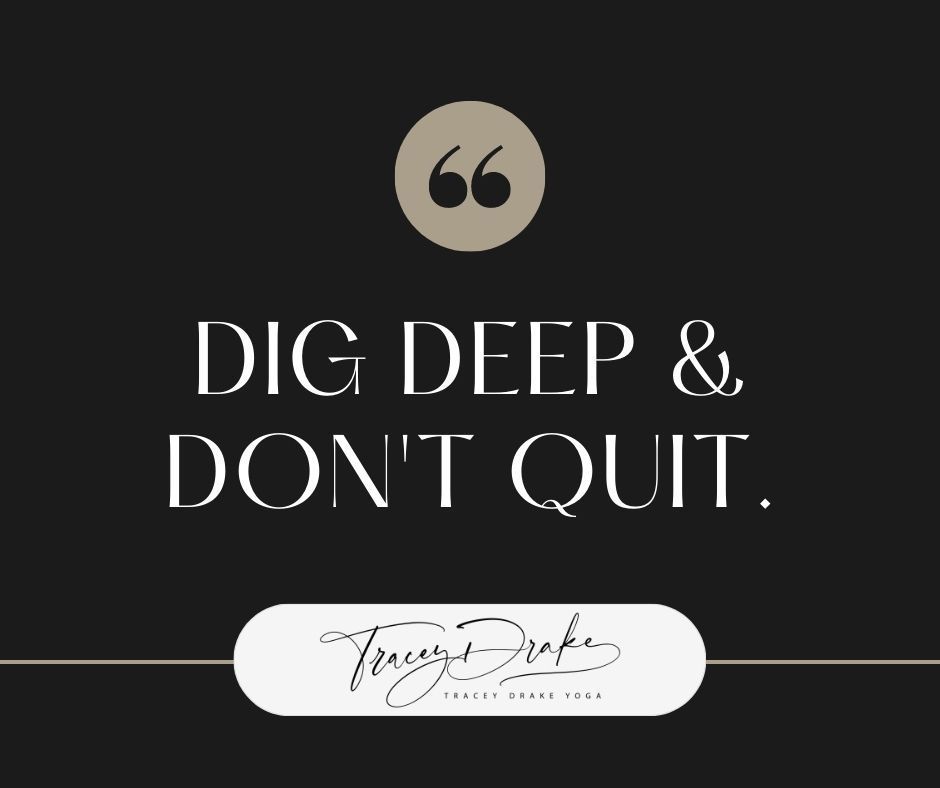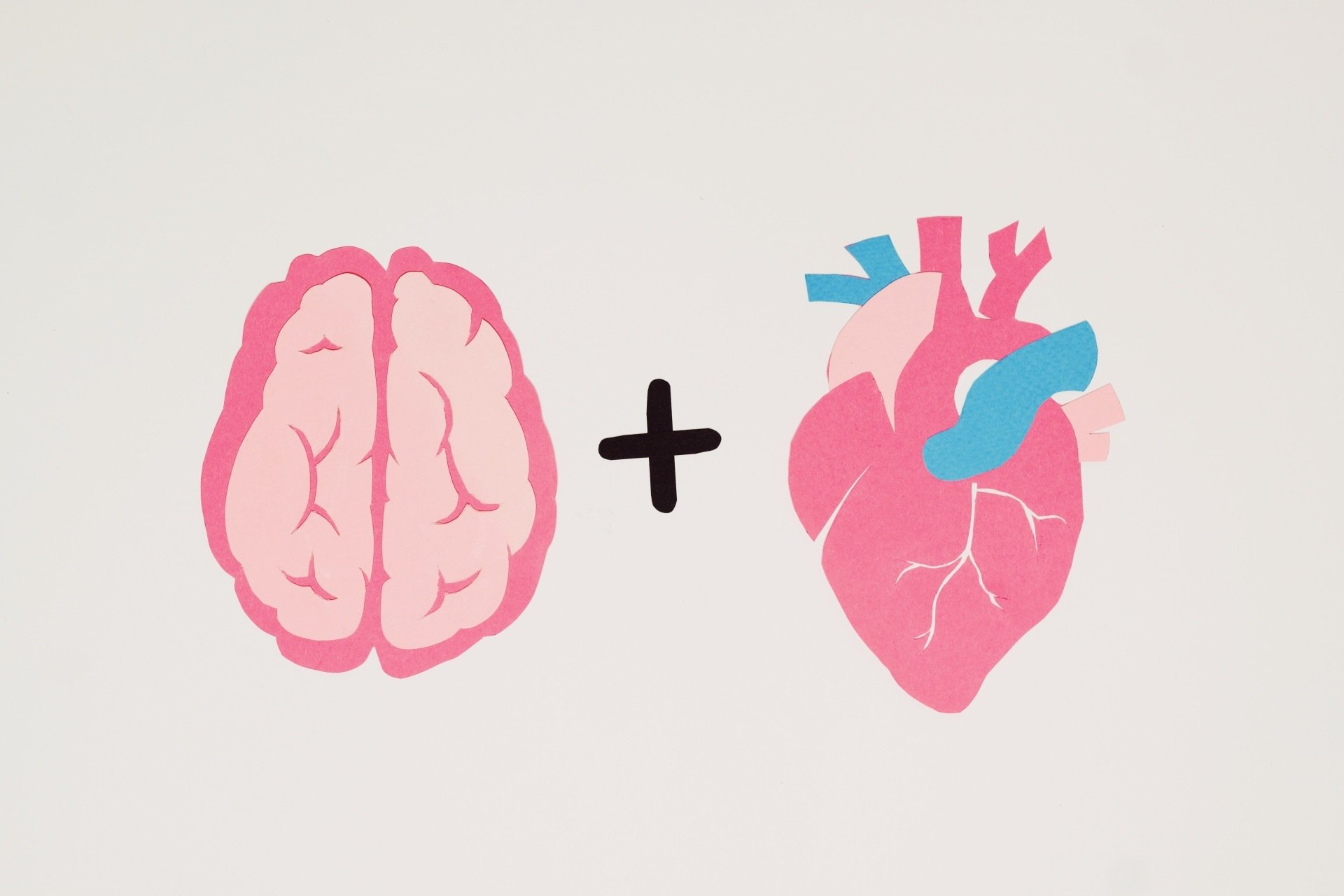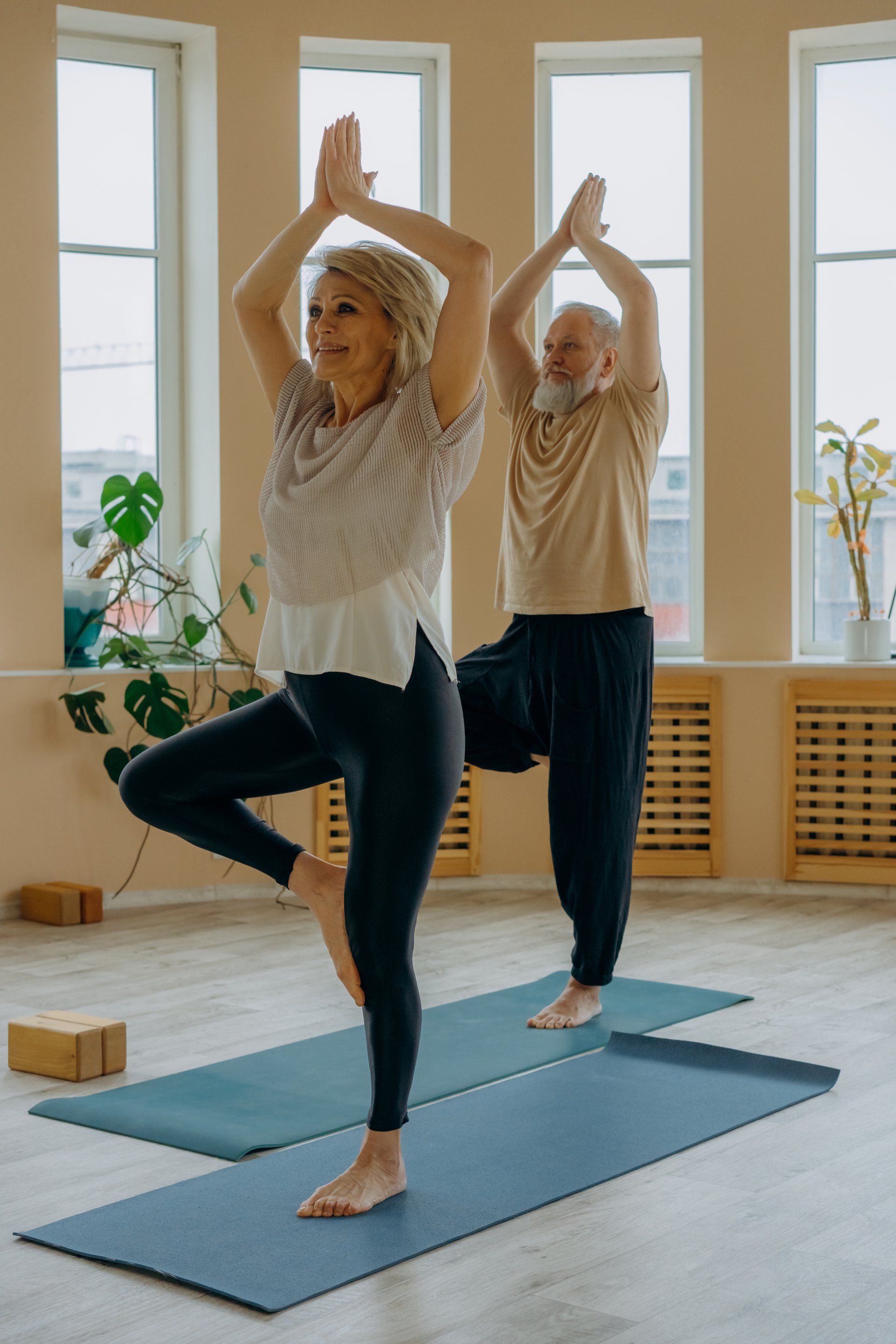How Often Should I Practice Yoga?
This is a question I sometimes hear from those new to yoga - and its a wonderful question.
Approx 3 minute read
When I hear it, I know the asker is enjoying the yoga they are doing, is noticing positive changes in themselves, and wants to continue to further improve their well-being.
Generally, people begin their yoga journey as I did with one class a week, and then maybe add another one after some time. In many yoga schools and traditions, it is recommended to do 3 formal yoga practices a week – this is ideal, and for sure practicing every day will reap many benefits, too. However, this can feel onerous and if approached in the wrong way can set people up for failure, or worse, injury. I believe that if you are already attending one class a week a good way to practice more is to set an intention to gradually incorporate a little more yoga into your everyday. A little bit of yoga every day goes a long way!
During the classes l lead I will sometimes set little “homework” assignments, like movements with the wrists and hands, squeezing the feet together while standing in line at the bank, or a breathing practice. This is the beginning of cultivating awareness of your body and movements, and establishing a small home practice “habit”.
In time movement and breath awareness will be present in everything you do, on and off the yoga mat. But we need to learn and plant the seeds, formally on the yoga mat, in class first, and then later with intention at home, as well.
How frequently you practice yoga, outside of a formal class setting is, of course, entirely up to you, as is the type of yoga you practice i.e. yin, yang, hatha, restorative, etc. Yoga is not just about the physical practice (the asanas or postures) – it is a holistic practice, incorporating movement, stillness, breath, mindfulness, meditation, right speech and living well in harmony with the World. It is reasonable to think more Yoga equals better health. But be careful how you approach it.
Yoga is not a sport
Yoga is not a sport. In a sports environment we are striving for certain results and achievements so that we can be the best at our chosen sport. The goal of most sports is to win, sometimes at all costs. Sports are competitive, often demanding, and frequently have to be dropped or put aside as you age, are injured, or lose your competitive edge. If you bring a competitive spirit or an “I’m going to be the best” attitude to your yoga practice, you will sooner or later run into problems. This attitude is ego driven, but yoga’s not, so it’s important to not let your ego get in the way.
It is reasonable and in line with human nature to set goals for your practice. For example, maybe you’ve managed to work your way up to doing 12 sets of sun salutations a day, and you plan on keeping this up, therefore improving your strength, flexibility, and cardiovascular health. But you will eventually have a day when this is not possible either due to injury, illness, or some other unknown stressor, perhaps the aging process. You may then get depressed that you’ve not attained your goal because your ego will not want to “give up”. This is not yoga.
We need to balance the desire to improve with a strong dose of self-acceptance.
In yoga, we like to use the term “beginner’s mind”. This means coming to our practice with a sense of curiosity and mindfulness. Setting aside your ego and meeting yourself where you are in the present moment, cultivating a practice around fully knowing yourself. We use this term because yoga is about understanding your body and your mind and doing what you can do and what feels good for you. It’s not about mindlessly pushing yourself through pain to reach a specific goal.
Yoga holds space for you wherever you are and however you are feeling. There is enough depth and bandwidth in yoga to support you regardless of how you are feeling, physically, mentally, or emotionally. Yoga is for all of life's stages and for all of life’s seasons. The key is to figure out what you need for yourself at these various times and stages.
Each of us will have different amounts of time we can allocate to a consistent practice. It is important to remain flexible and fluid around allocating time and not become too restrictive or set yourself too many rules. If you only have five minutes in a day, don’t say it’s not worth it – just do it. Get down on your mat or sit up straight in your chair and do something even if it’s following the breath for 5 four-part breathing cycles. This will improve your mindfulness, get you in touch with how you are feeling, and centre you to be able to continue your day.
“My goal as a yoga teacher is to help people help themselves to better health and wellness”.
If you are a student of mine that wants to know how much yoga to do so you can improve your well-being, then I’ve pretty much achieved my goal as your yoga teacher. My aim is for my students to find yoga that works for them and then be interested in exploring more of it to better their health and wellness. I want them to discover practices that work for them, take those practices home and do more of them on their own, perhaps with support from recordings in my Virtual Studio.
I want you to take the bits of my formal yoga class that you like, remember, and notice felt good and incorporate that into your everyday routine, a little bit at a time until it’s as natural as brushing your teeth. And then, over time, it will become a mindful habit, a pleasant appointment with your mind and body that you don’t want to miss, and that you wish you could do more. In that way, your health and wellness become a priority.
And it’s for this that I teach yoga.
Tracey Drake
August 2022
If you have questions or comments regarding this blog post, I would love to hear from you – email me at traceydrakeyoga@gmail.com
Click Here to find out how to practice yoga with Tracey.
Click Here to know more about Tracey.
Have you read my other blog posts – click here for more "Tracey wisdom". 😄
Copyright, Tracey Drake, 2022 © www.traceydrakeyoga.ca
